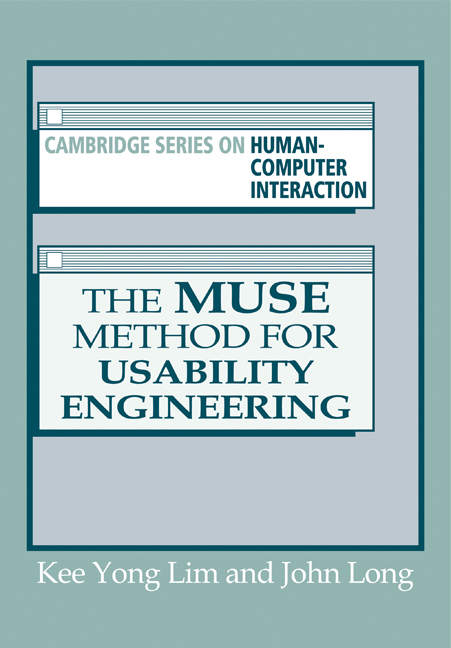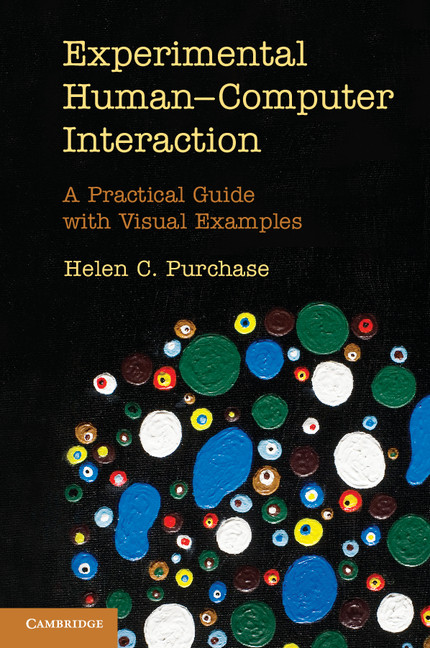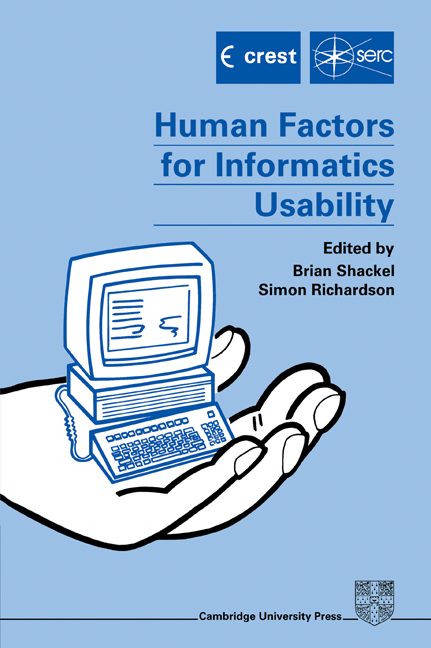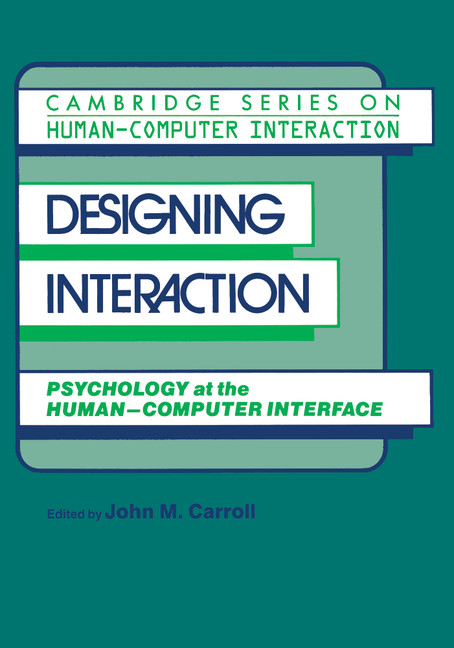The Muse Method for Usability Engineering
MUSE is a method developed specifically to extend the scope of human factors contributions beyond late evaluation and thus increase their effectivness and uptake. This is accomplished by making inputs more explicit, early and continuous throughout the system development process. Since MUSE's scope spans user requirements to user interface design, it supports active human factors involvement in both design specification and evaluation. MUSE defines how, what and when particular human factor concerns should be addressed. It also specifies the procedures, notations, and documentation involved. This book will be essential reading for all involved with systems development, whether from the HCI or software engineering communities, and can be used as well for course accompaniment.
- Reviewers describe the MUSE method as best approach to date
- Step-by-step case study illustrations with well-established practical exercises and solutions
- Comprehensive treatment of human factors design approach
Reviews & endorsements
"This extrapolation of a structured human factors method may mark a watershed in usability engineering approaches to design." John F. Meech and Raymond Devlin, Ergonomics
Product details
February 2011Adobe eBook Reader
9780511887055
0 pages
0kg
10 b/w illus. 25 tables
This ISBN is for an eBook version which is distributed on our behalf by a third party.
Table of Contents
- Preface
- Part I. The Need for a Structured Human Factors Method to Support System Development:
- 1. On human factors contributions to the development of interactive systems
- Part II. Development and Overview of MUSE - A Structured Human Factors Method:
- 2. The development of MUSE
- 3. An overview of MUSE
- Part III. Detailed Account of MUSE - A Structured Human Factors Method:
- 4. The elicitation and analysis phase of MUSE
- 5. The synthesis phase of MUSE
- 6. The design specification phase of MUSE
- Part IV. The Integration of Human Factors with Structured Software Engineering Methods:
- 7. Prerequisites and examples of the integration of human factors with structured software engineering methods
- Part V. Synopsis:
- 8. Assessment and future development of MUSE and MUSE*/JSD
- References
- Glossary
- Annexes
- Bibliography
- Index.






